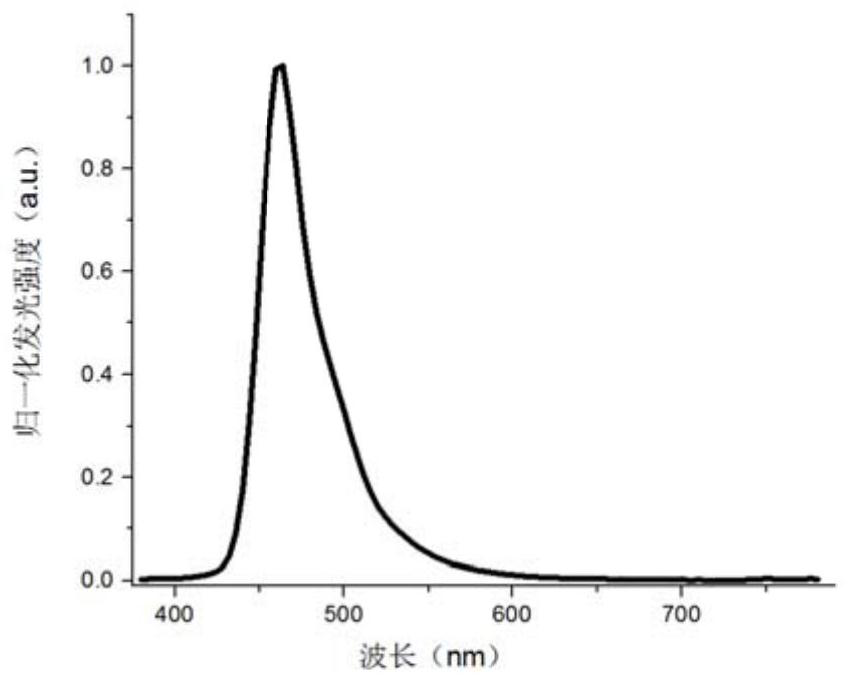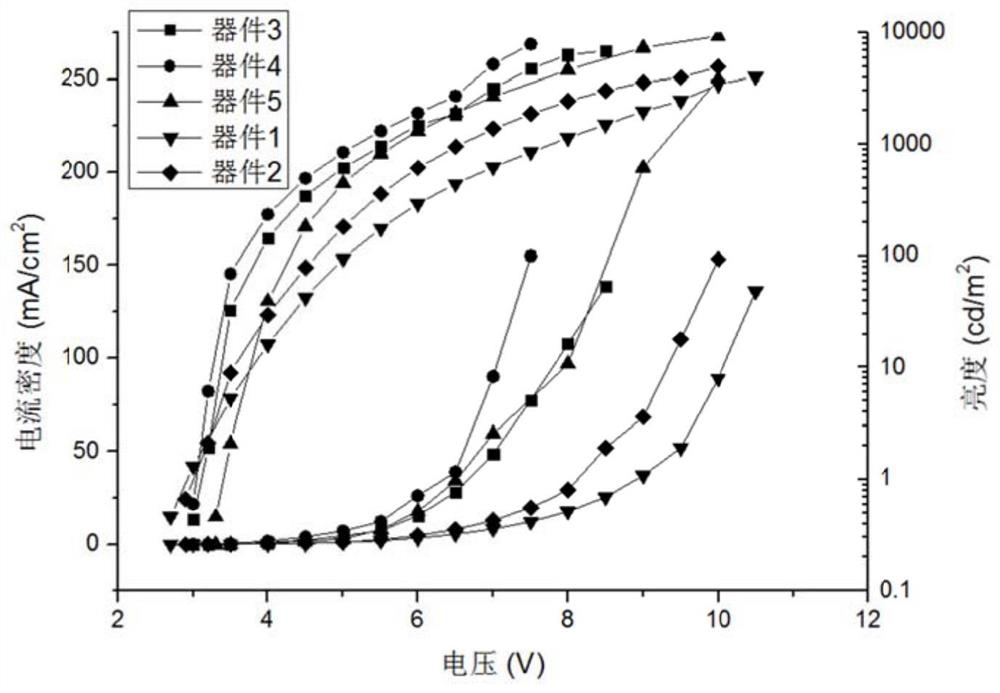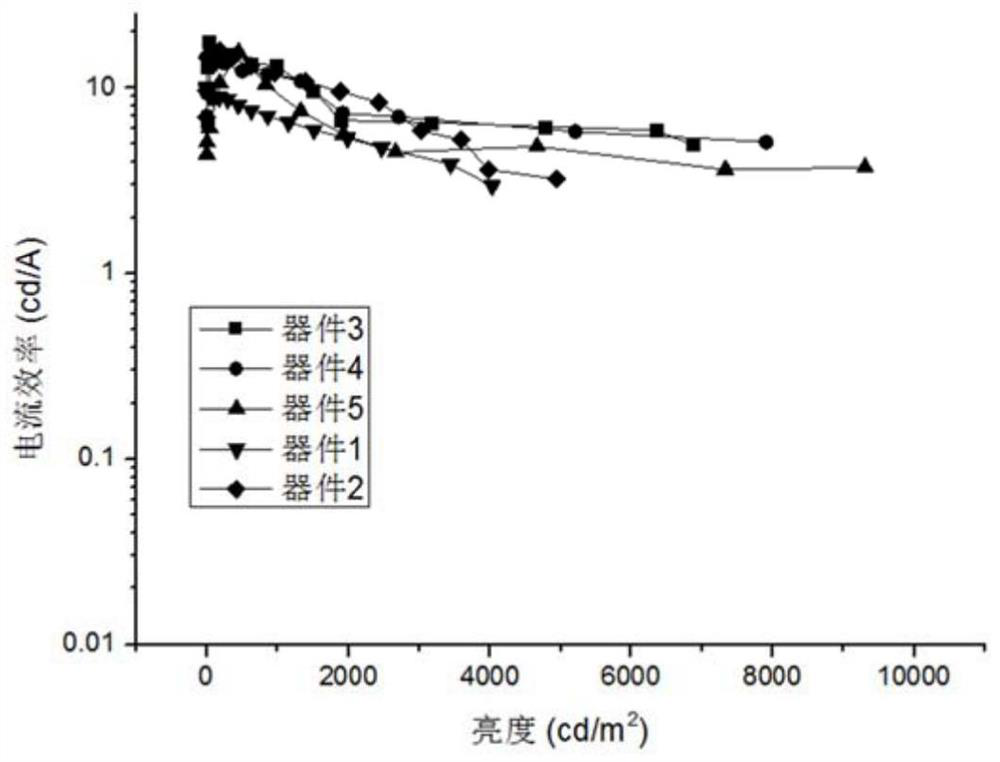An organic electro-optic element
An electroluminescent element, organic technology, applied in electrical components, electro-solid devices, circuits, etc., can solve problems such as low efficiency
- Summary
- Abstract
- Description
- Claims
- Application Information
AI Technical Summary
Problems solved by technology
Method used
Image
Examples
Embodiment
[0068] The representative donor material or acceptor material involved in the present invention is obtained by referring to the synthesis method mentioned in the patent (CN106831581A).
[0069] General methods for the manufacture of organic electro-devices:
[0070] On the surface of the ITO glass whose luminous area is 2mm×2mm size, use the method of vacuum evaporation, spin coating, printing or printing to p-doped material P-1~P-6 or this p-doped material with 1%~50 % concentration forms the hole injection layer (HIL) of 5-50nm together with the hole transport material, then forms the hole transport layer (HTL) of 5-200nm, then forms the luminescent layer of 5-100nm on the hole transport layer ( EML), and finally form an electron transport layer (ETL) 10-200nm and a cathode 50-200nm in turn, if necessary, add an electron blocking layer (EBL) between the HTL and EML layers, and add an electron injection layer (EIL) between the ETL and the cathode Thus, an organic light emitt...
PUM
| Property | Measurement | Unit |
|---|---|---|
| current efficiency | aaaaa | aaaaa |
| thickness | aaaaa | aaaaa |
| thickness | aaaaa | aaaaa |
Abstract
Description
Claims
Application Information
 Login to View More
Login to View More - R&D
- Intellectual Property
- Life Sciences
- Materials
- Tech Scout
- Unparalleled Data Quality
- Higher Quality Content
- 60% Fewer Hallucinations
Browse by: Latest US Patents, China's latest patents, Technical Efficacy Thesaurus, Application Domain, Technology Topic, Popular Technical Reports.
© 2025 PatSnap. All rights reserved.Legal|Privacy policy|Modern Slavery Act Transparency Statement|Sitemap|About US| Contact US: help@patsnap.com



